In the vast wilderness, the quest to understand and protect our planet's diverse wildlife is a noble yet challenging endeavor. Traditional animal tracking methods have served us well, but the advent of technology has introduced a new secret weapon to the conservationist's arsenal: thermal imaging. With the integration of thermal imaging monoculars into smartphones, we are witnessing a revolution in the way we observe and study animals, without disturbing their natural behavior.
The Evolution of Animal Tracking
Traditional Methods of Animal Tracking
For decades, conservationists have relied on methods such as radio telemetry, GPS collars, and visual observations to monitor wildlife. These techniques have provided invaluable data but are not without their limitations.
Limitations and Challenges
The accuracy of traditional tracking can be hindered by factors such as terrain, vegetation, and the need for direct line of sight. Additionally, the ethical considerations of attaching devices to animals and the potential disturbance to their natural habitats are ongoing concerns.
Introducing Thermal Imaging Technology
Thermal imaging, or thermography, is a non-contact, non-destructive method that detects heat signatures. It operates on the principle that all living beings emit infrared radiation, which can be captured and translated into visual images.
Benefits of Thermal Imaging Over Traditional Methods
Thermal imaging offers several advantages over traditional tracking methods:
- Non-Invasive: It does not require physical contact with the animal.
- Nighttime Tracking: It works effectively in low-light or complete darkness.
- Through Vegetation: It can detect heat signatures through foliage, making it ideal for dense habitats.
Smartphone Integration - A Game Changer
The integration of thermal imaging technology into smartphones has made this powerful tool more accessible than ever. With a thermal imaging monocular attachment, conservationists can transform their smartphones into powerful tracking devices.
How Thermal Imaging Monoculars Work with Smartphones
A thermal imaging monocular connects to a smartphone, allowing users to view and record thermal images directly on their devices. These devices are compact, portable, and user-friendly, making them ideal for fieldwork.
Key Features and Specifications
- Resolution: High-resolution sensors for clear thermal images.
- Range: Long detection ranges for various wildlife sizes.
-
Connectivity: Bluetooth or Wi-Fi connectivity for seamless smartphone integration.

Enhancing Animal Tracking with Thermal imaging monoculars
Thermal imaging monoculars have significantly improved the accuracy and efficiency of animal tracking. They allow for:
- Real-Time Monitoring: Instant detection and tracking of animals.
- Species Identification: Differentiating species based on their unique heat signatures.
- Behavioral Studies: Observing animal behavior without disturbance.
Conservation Impact and Ethical Considerations
The impact of thermal imaging on conservation is profound. It enables more effective wildlife management and helps in combating poaching by providing real-time data to rangers. However, it is crucial to address ethical concerns and ensure that the technology is used responsibly, minimizing any potential disturbance to wildlife.

Future of Animal Tracking with Thermal Imaging
As technology advances, we can expect further integration of thermal imaging with other conservation tools, such as AI and machine learning, to enhance data analysis and predictive modeling.
Technological Advancements and Future Trends
The future of thermal imaging in animal tracking looks promising, with potential developments in:
- Higher Resolution Sensors: For even clearer images.
-
AI Integration: For automatic species identification and behavior analysis.

The integration of thermal imaging into smartphones has ushered in a new era of wildlife conservation. As we continue to explore and innovate, the potential for this technology to aid in the preservation of our planet's biodiversity is immense. By embracing thermal imaging monoculars, we are not only enhancing our ability to track and study animals but also ensuring a more ethical and sustainable approach to conservation.


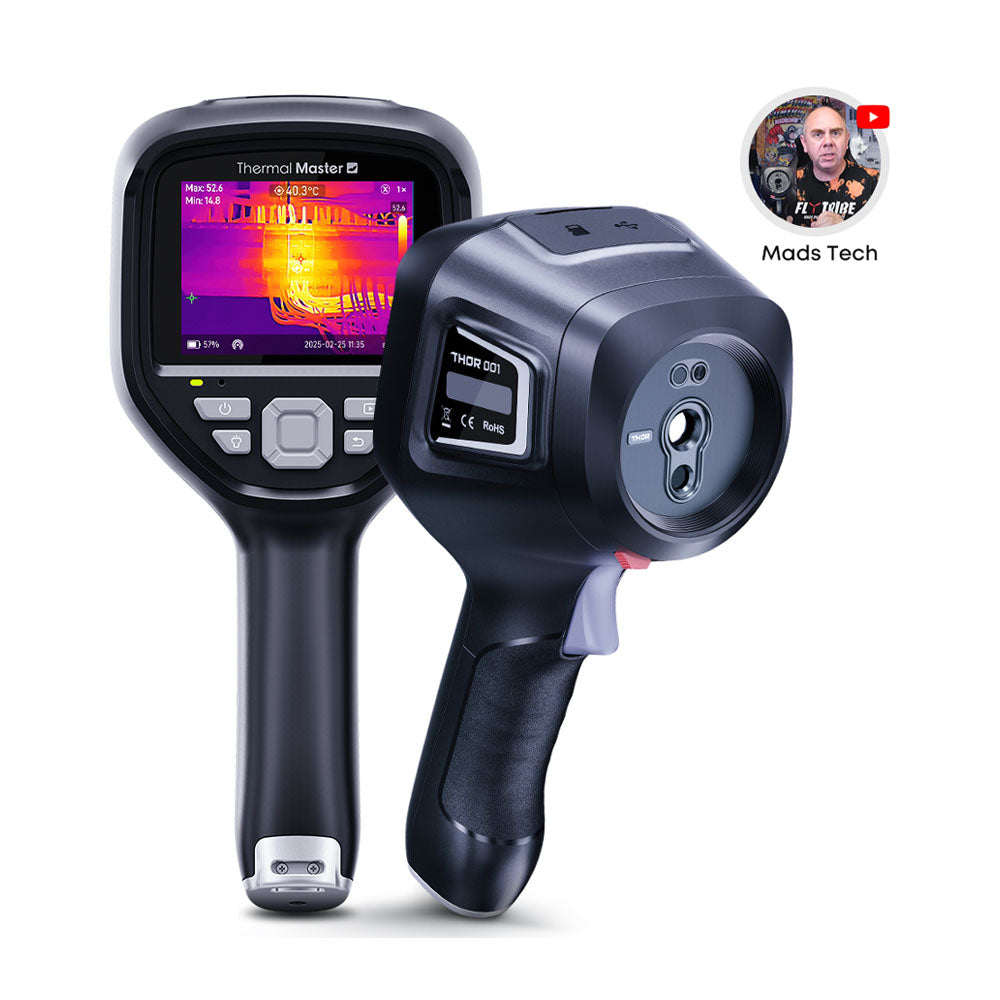

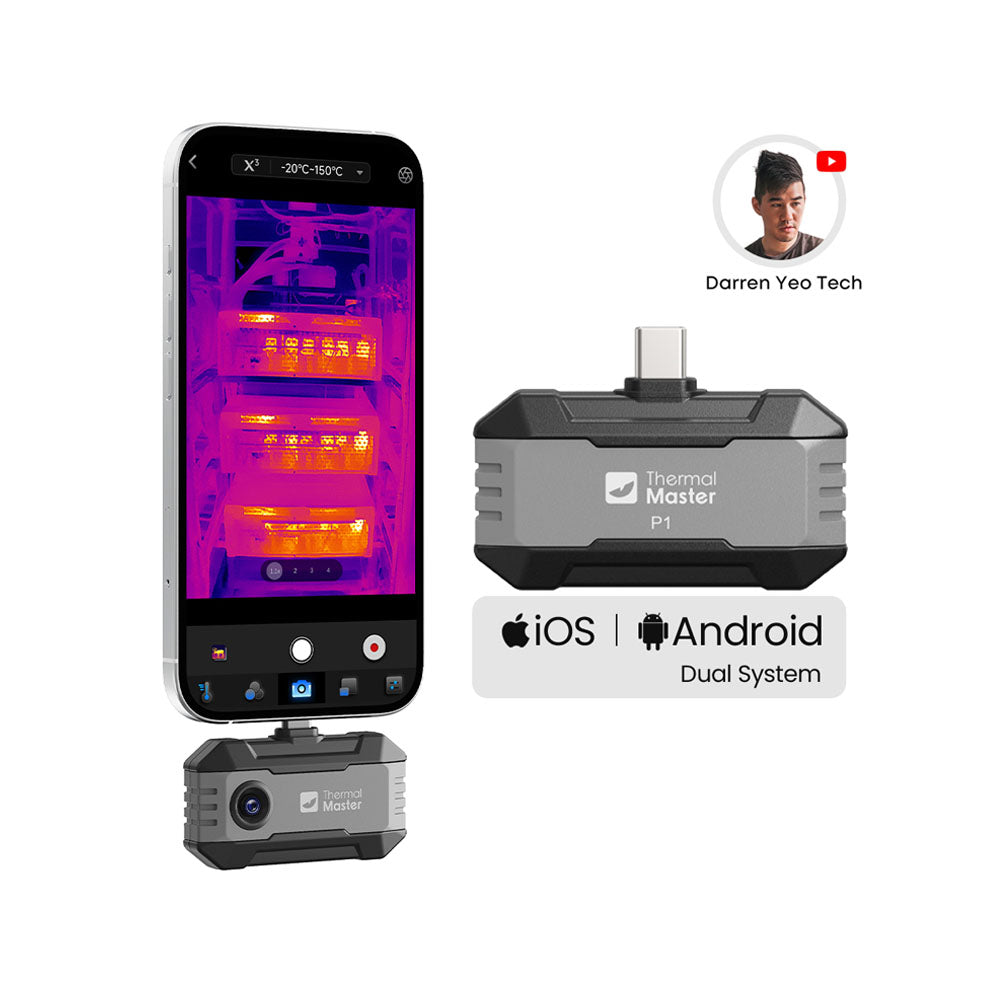
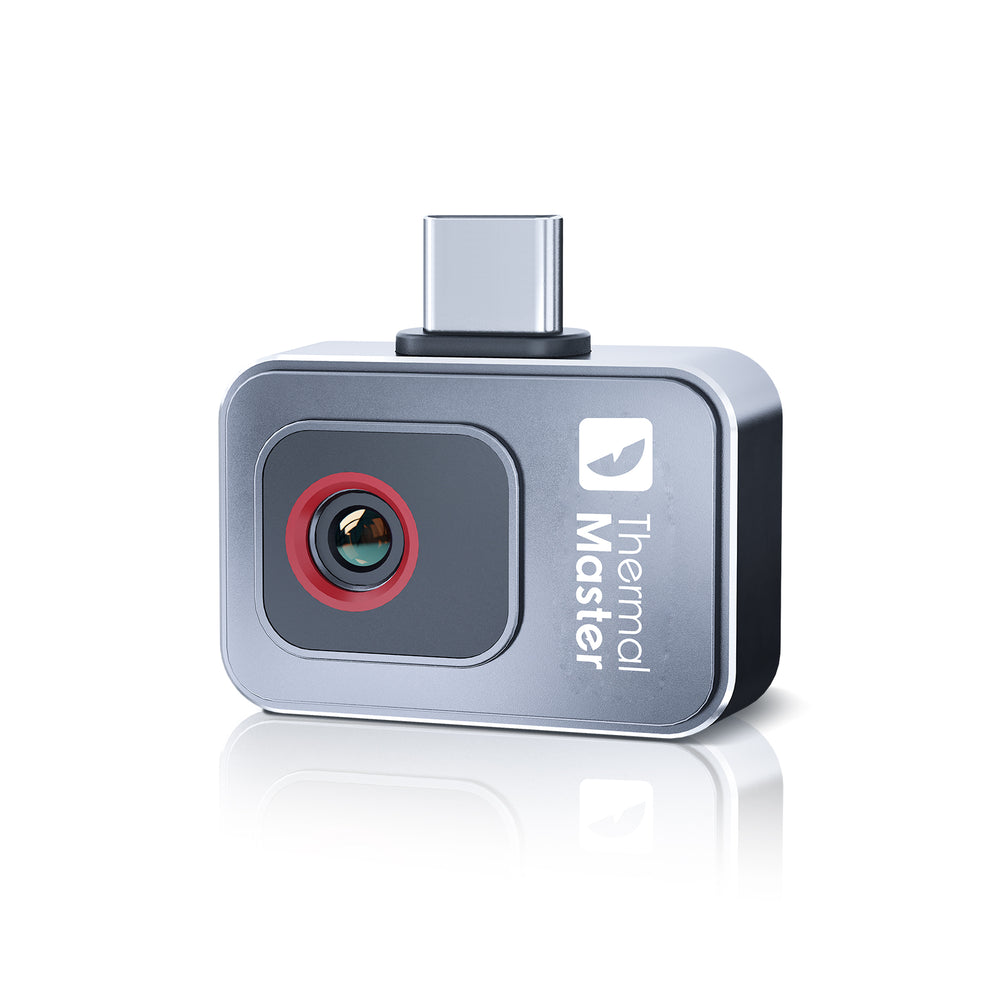
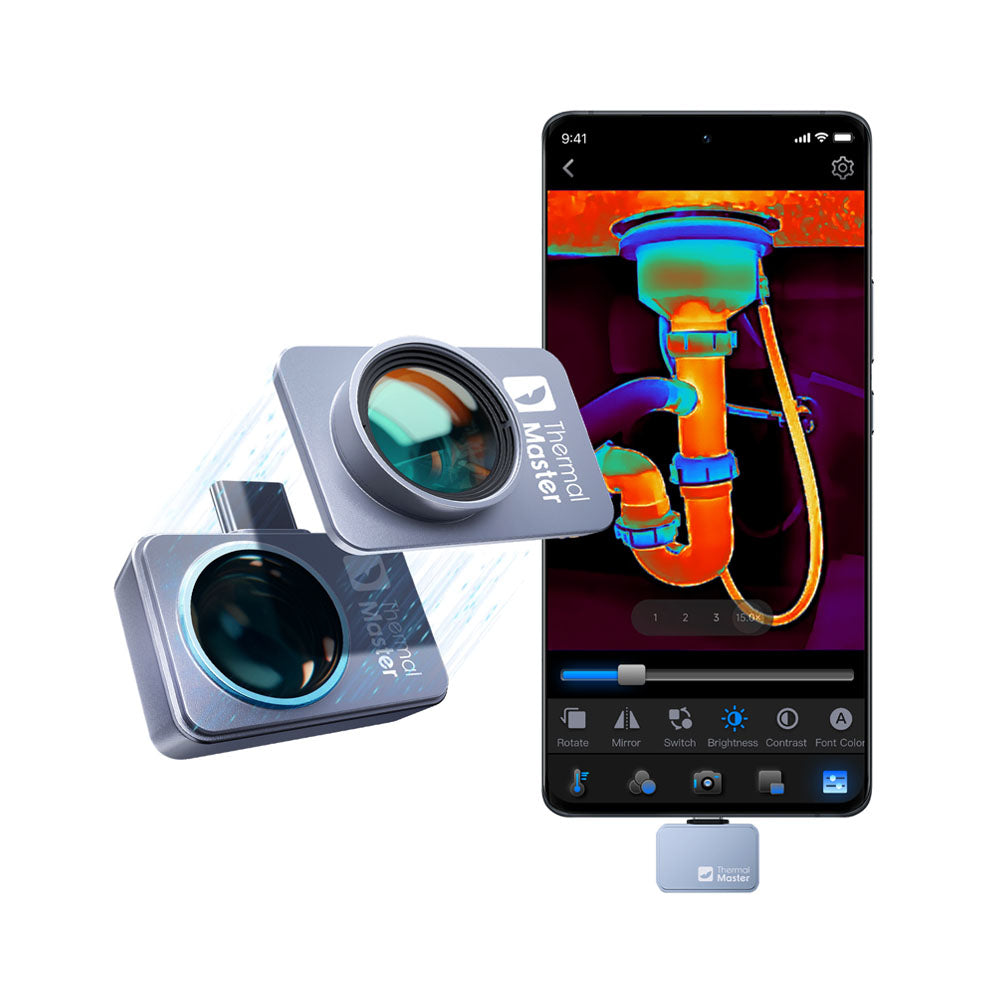

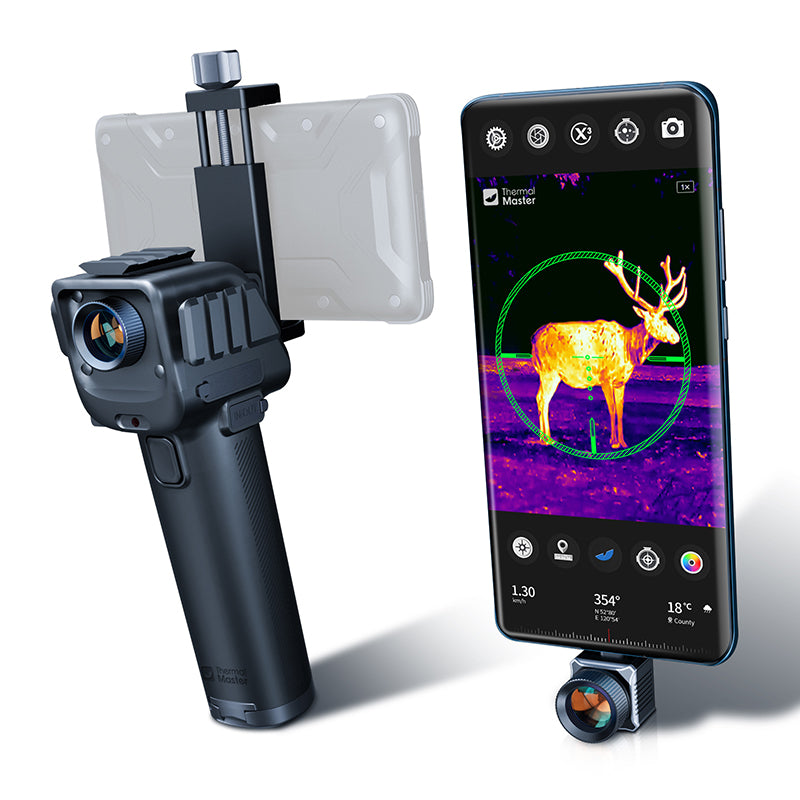
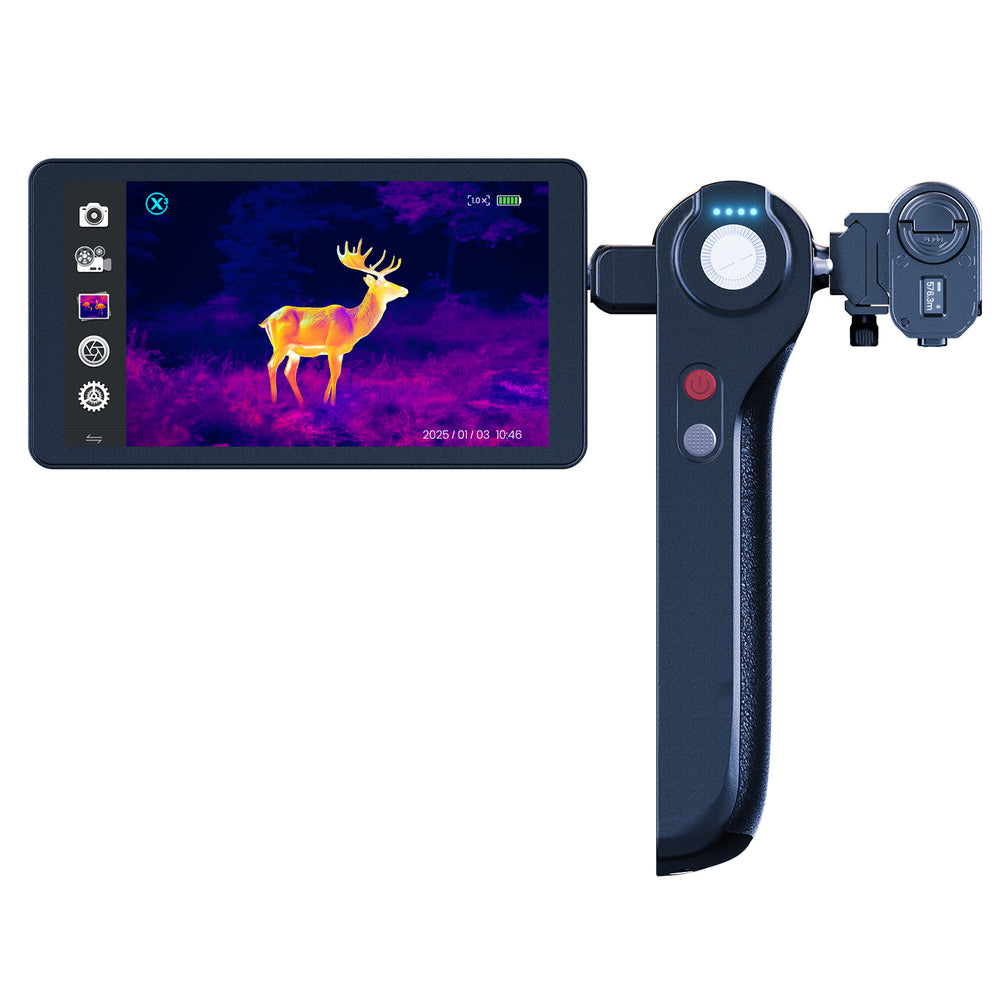
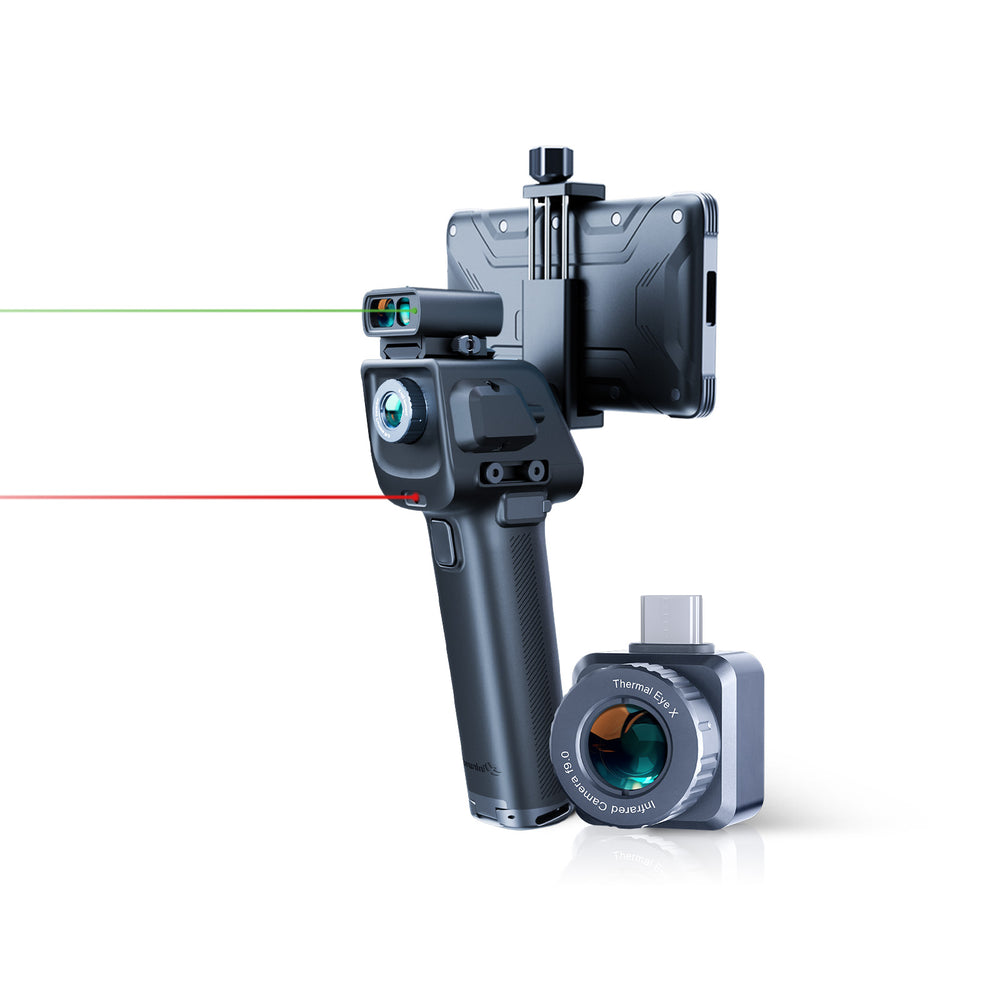
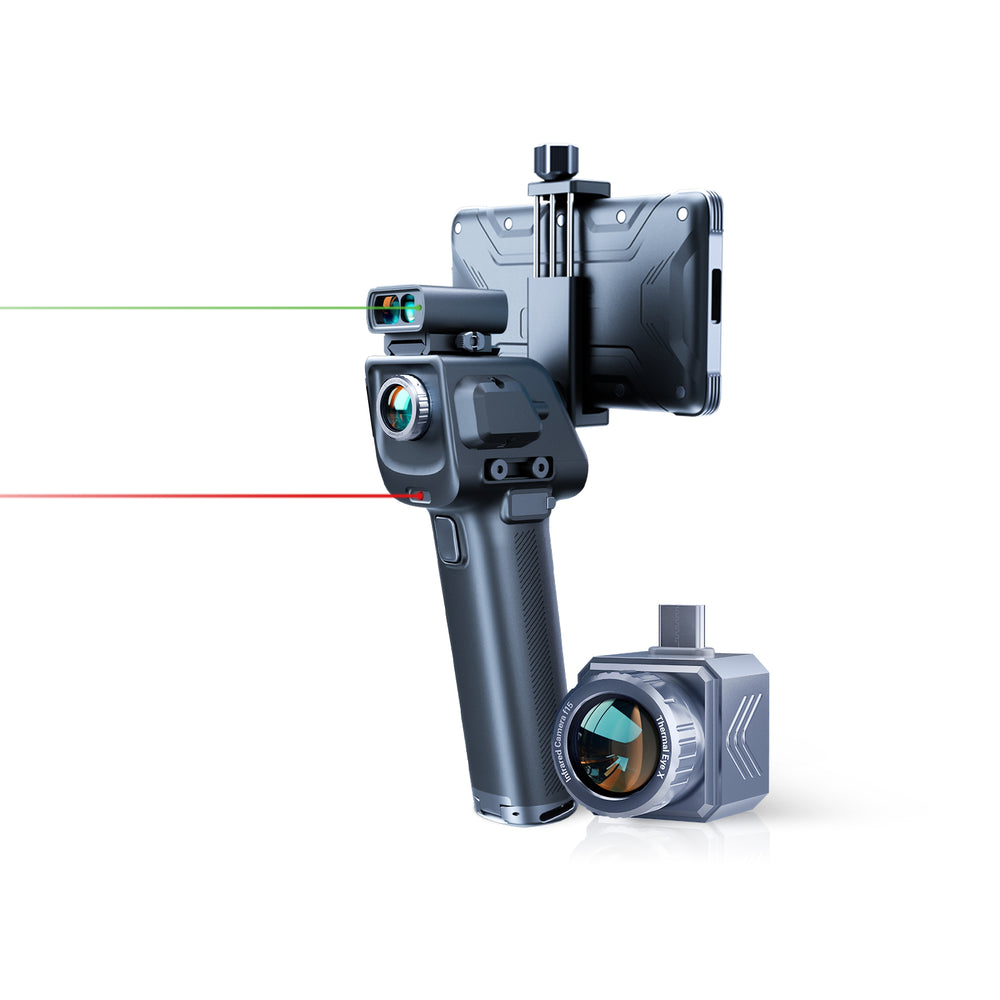
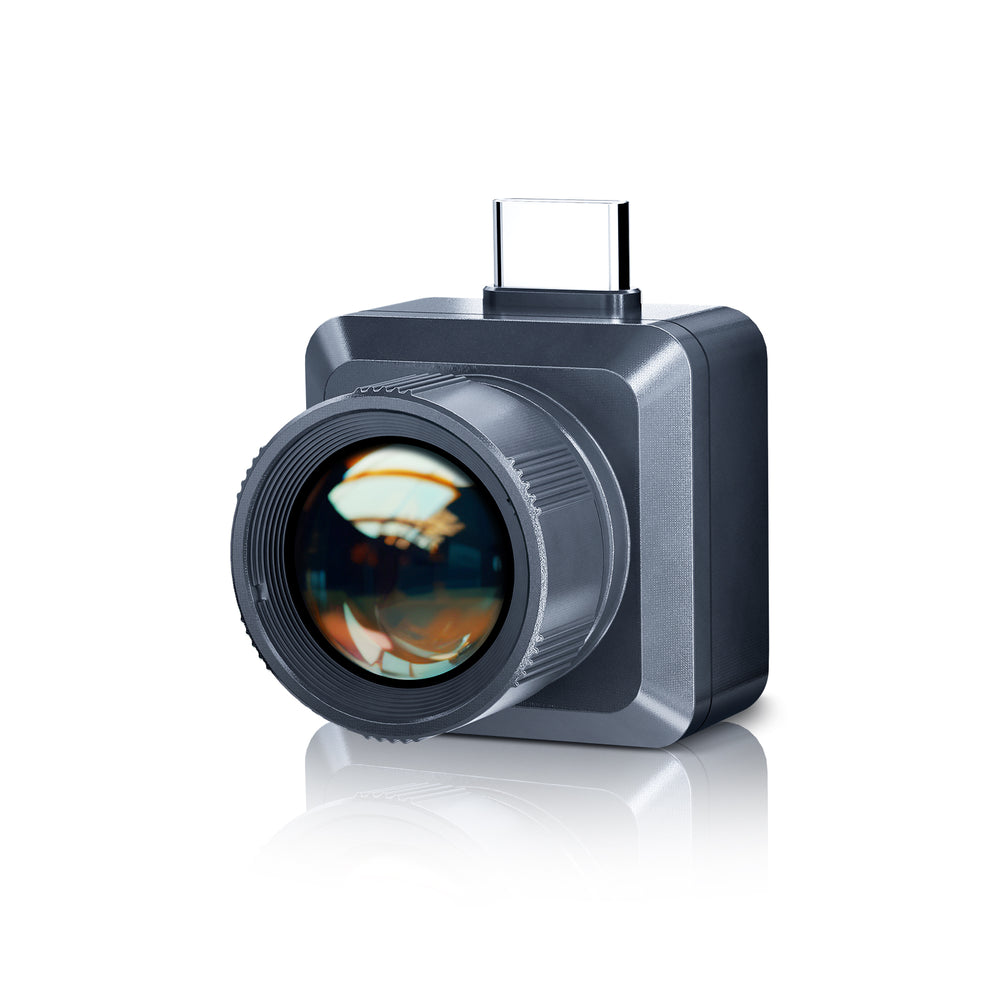
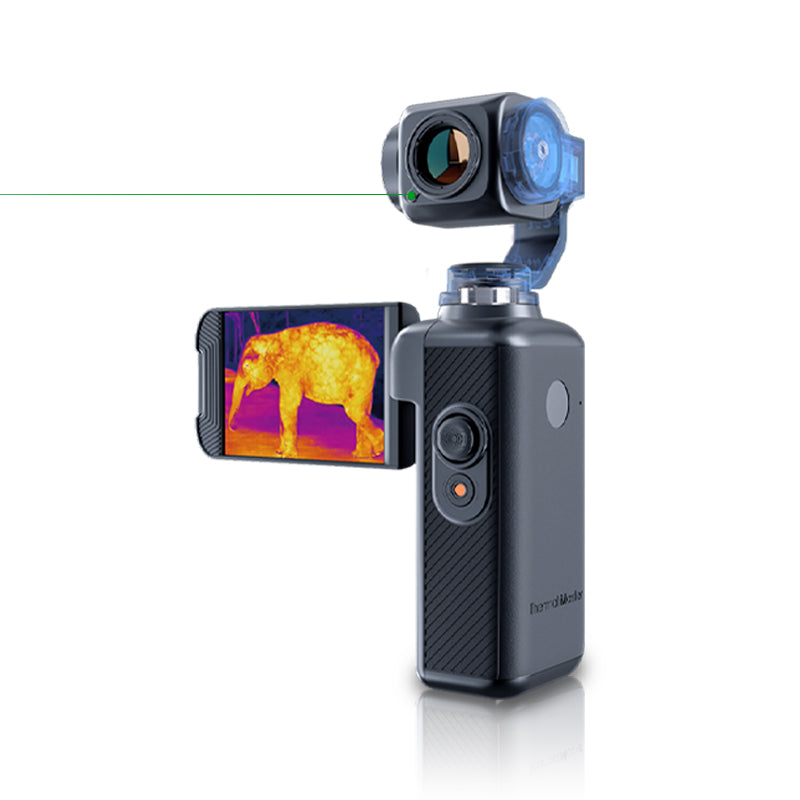
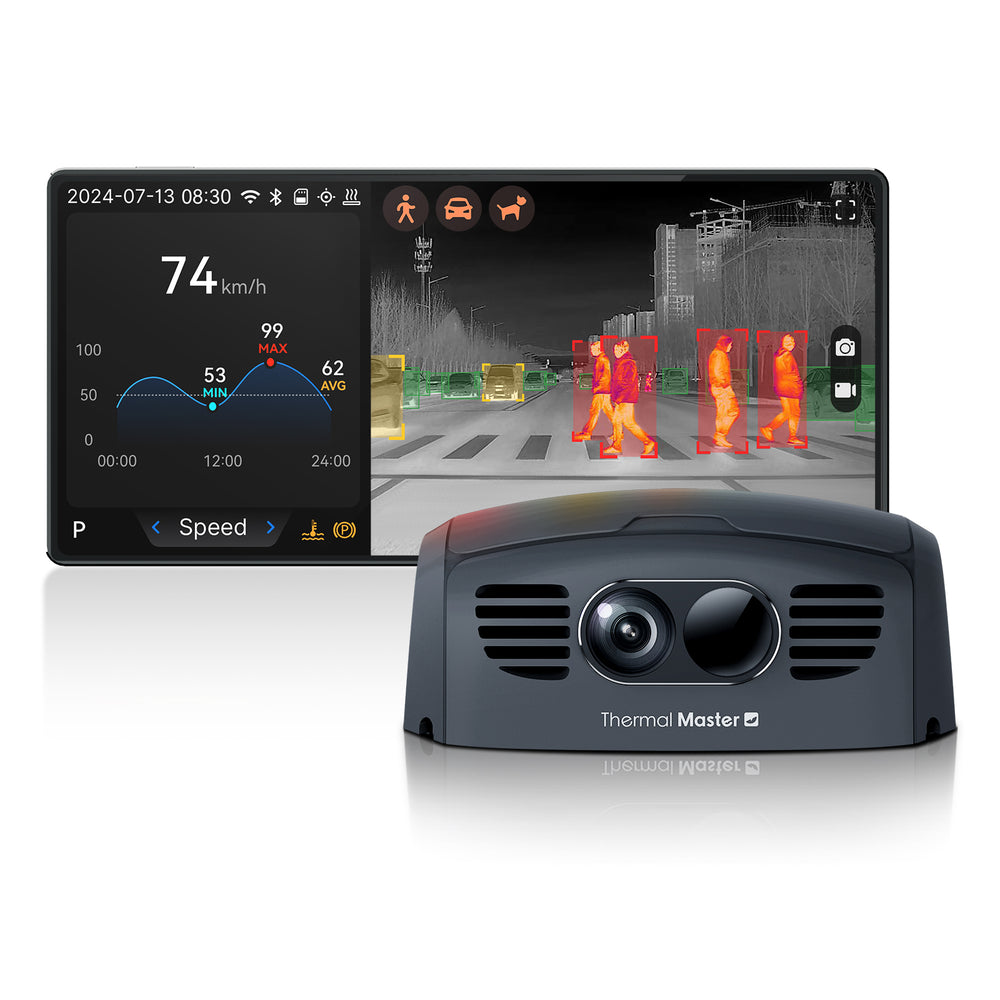
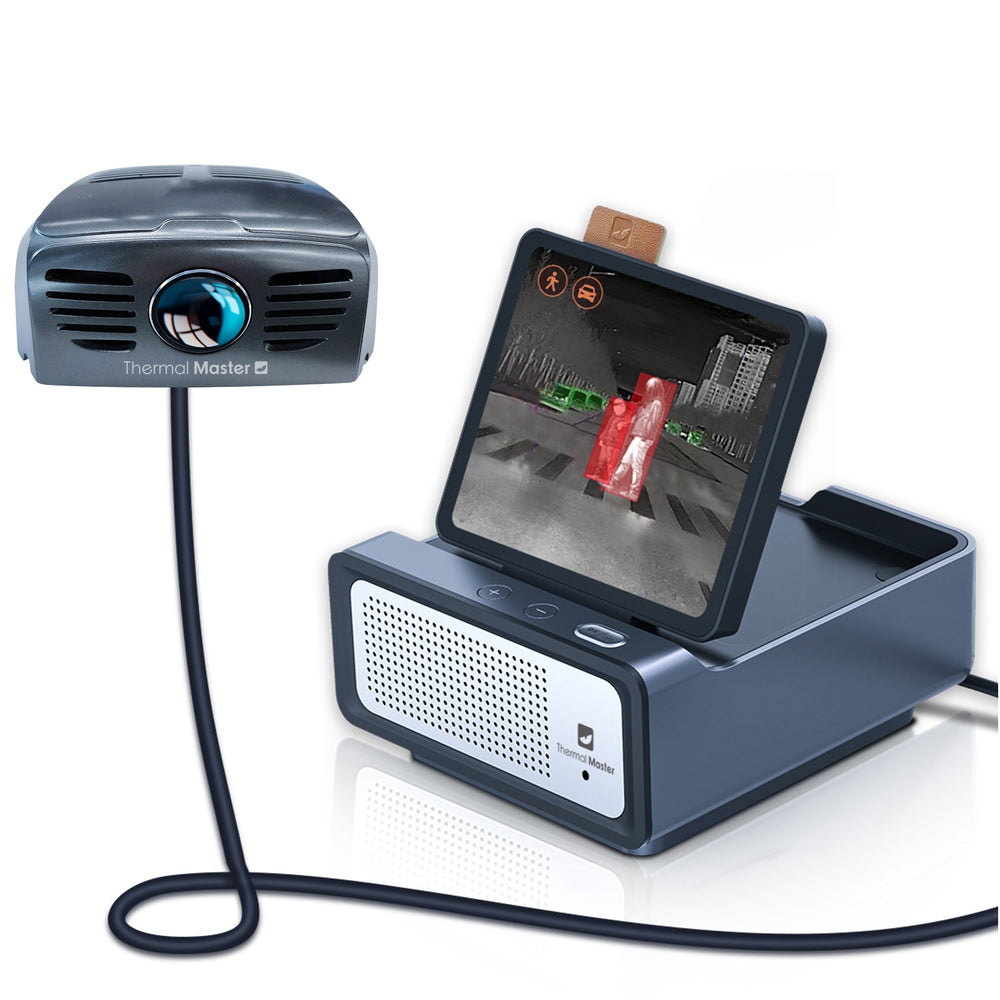
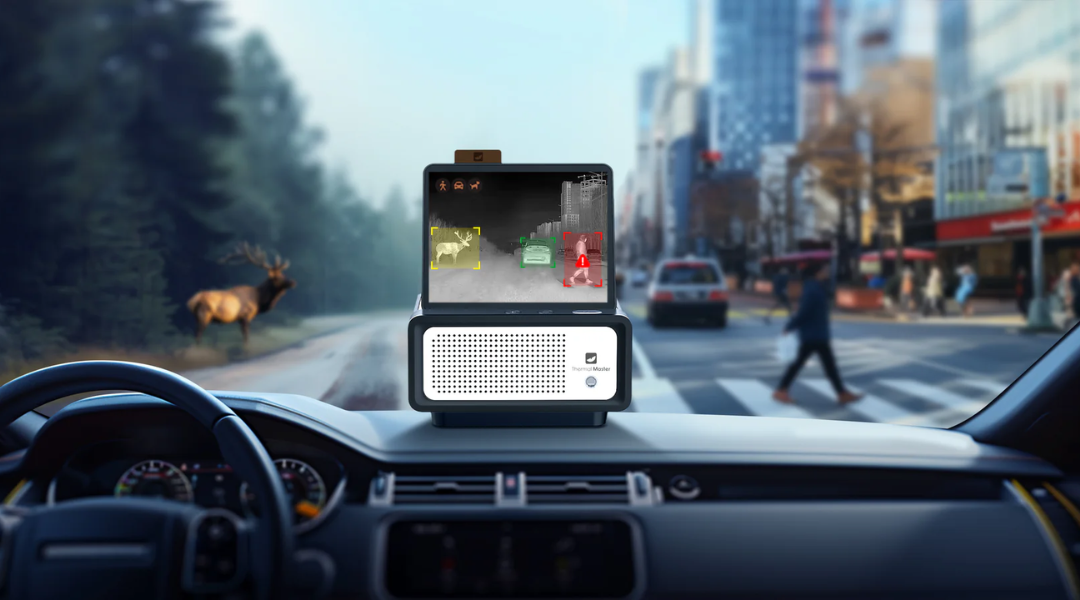
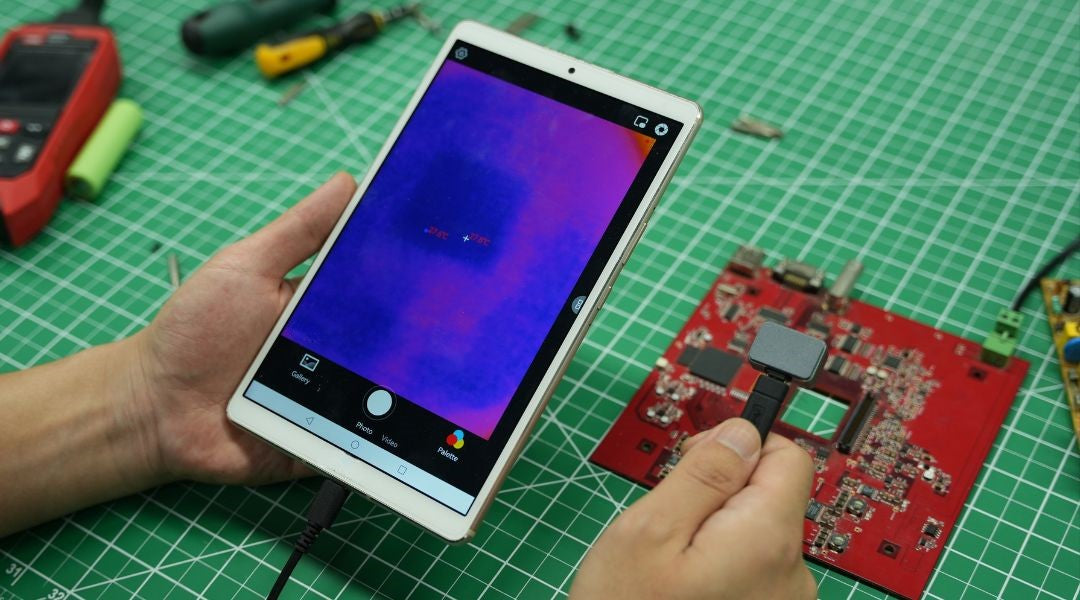
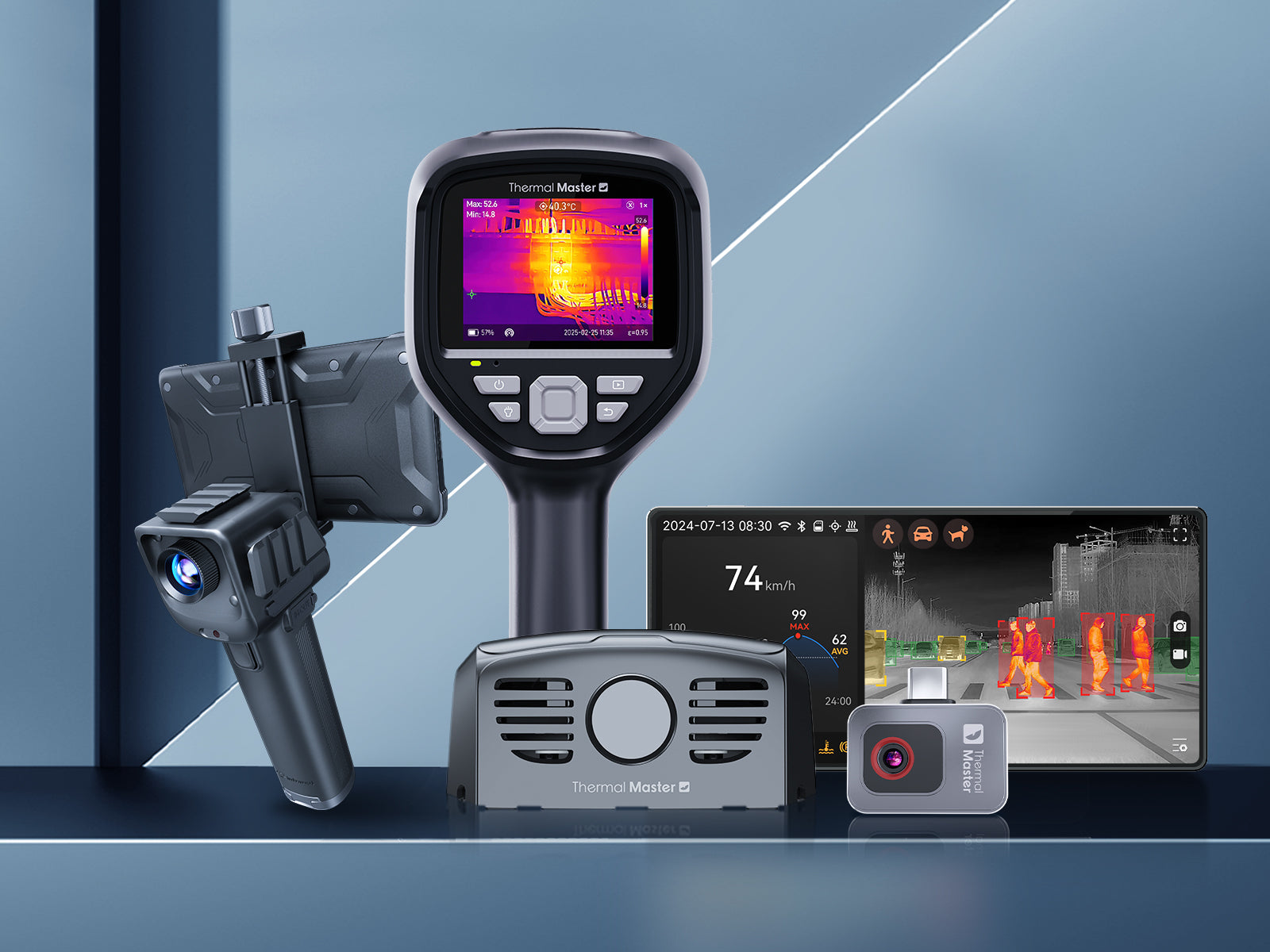
Leave a comment
All comments are moderated before being published.
This site is protected by hCaptcha and the hCaptcha Privacy Policy and Terms of Service apply.